Home>Interior Design>How To Keep A Pantry Cool In Hot Weather
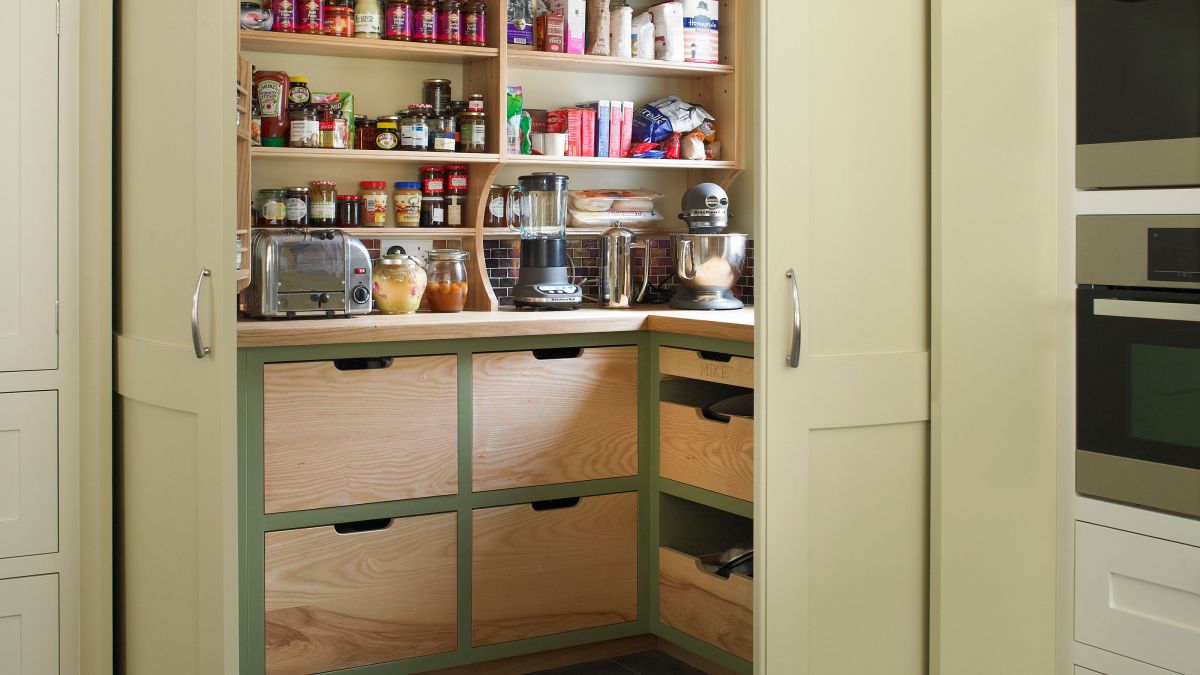

Interior Design
How To Keep A Pantry Cool In Hot Weather
Modified: January 19, 2024
Learn effective interior design strategies to keep your pantry cool in hot weather. Create a stylish and functional space that helps preserve the quality of your stored food.
(Many of the links in this article redirect to a specific reviewed product. Your purchase of these products through affiliate links helps to generate commission for Storables.com, at no extra cost. Learn more)
Introduction
Welcome to our guide on how to keep a pantry cool in hot weather. As temperatures rise during the summer months, it becomes crucial to ensure that your pantry remains a cool and well-ventilated space. The heat can have a detrimental effect on both the quality and shelf life of your stored food items. By implementing the right strategies, you can maintain a cool environment that will help preserve the freshness and taste of your pantry goods.
As we delve into the importance of keeping a cool pantry, we’ll explore various aspects such as evaluating the current pantry setup, effective pantry organization, proper ventilation and air circulation, maintaining a consistent temperature, using insulating materials, installing a pantry thermometer, strategies for reducing heat transfer, and tips for storing food in a hot climate. By the end of this guide, you’ll have a comprehensive understanding of how to create an optimal environment for your pantry, even in the hottest of weather.
Key Takeaways:
- Keep your pantry cool by evaluating its setup, organizing effectively, ensuring proper ventilation, and maintaining a consistent temperature. These steps preserve food quality, reduce waste, and save energy.
- Utilize insulating materials, install a pantry thermometer, and implement strategies to reduce heat transfer. Proper food storage in hot climates is essential for preserving freshness and minimizing spoilage.
Read more: How To Store Perfume In Hot Weather
Importance of keeping a cool pantry
Keeping a cool pantry is essential for several reasons. Firstly, it helps to ensure the longevity and freshness of your stored food items. Heat can accelerate the spoilage process, leading to quicker deterioration in quality, taste, and nutritional value. By maintaining a cool pantry, you can extend the shelf life of your goods and reduce the chances of food waste.
A cool pantry also helps to prevent the growth of bacteria and pests. These organisms thrive in warm and humid environments, and a hot pantry can become a breeding ground for them. By keeping the temperature cool, you can hinder their growth and reduce the risk of contamination.
Furthermore, a cool pantry is crucial for preserving the potency of certain ingredients. Many spices, oils, and condiments can lose their flavor and aroma when exposed to high temperatures. With a cool pantry, you can ensure that these ingredients maintain their quality, enhancing the taste of your culinary creations.
Moreover, a cool pantry provides a more comfortable working environment. No one wants to navigate through a stuffy and hot pantry while preparing meals. By keeping the space cool, you can make your pantry a more pleasant area to work in, making meal planning and preparation a breeze.
Lastly, a cool pantry is necessary for energy efficiency. When the temperature increases, refrigeration units and appliances in the pantry need to work harder to maintain their set temperature. This leads to increased energy consumption, resulting in higher utility bills. By implementing strategies to keep the pantry cool, you can reduce energy usage and save money in the process.
Overall, a cool pantry is vital for food preservation, preventing bacterial growth, maintaining ingredient quality, creating a comfortable working space, and promoting energy efficiency. By understanding the importance of a cool pantry, you can take the necessary steps to ensure that your stored food remains fresh, flavorful, and safe.
Evaluating the current pantry setup
Before implementing any changes to keep your pantry cool, it’s essential to evaluate the current setup to identify any potential issues. Start by inspecting the pantry for any signs of heat buildup.
First, check the location of your pantry within your home. Is it positioned near a heat source such as a window, oven, or dishwasher? If so, consider relocating your pantry to a cooler area, away from direct heat sources.
Next, examine the pantry’s insulation. Poor insulation can allow heat to seep into the pantry, raising the temperature. Look for any gaps or cracks in the walls, windows, or doors that could be compromising the insulation. Sealing these gaps with weatherstripping or caulking can help prevent heat infiltration.
Take note of the type of shelving in your pantry. Metal shelves can absorb and conduct heat, whereas wooden or laminate shelves tend to be more heat-resistant. If possible, consider replacing metal shelves with more heat-friendly materials.
Evaluate the pantry’s ventilation and air circulation. Poor airflow can cause heat to become trapped inside the space. Ensure that the pantry has proper ventilation through the use of vents or exhaust fans. If necessary, install fans to improve air circulation and dissipate heat.
Lastly, assess the organization and layout of your pantry. An overcrowded pantry can impede airflow, leading to increased heat buildup. Consider decluttering and reorganizing the space to optimize ventilation and create a more efficient system.
By thoroughly evaluating your current pantry setup, you can identify any potential factors that may contribute to heat buildup. This assessment will help inform the changes and improvements you need to make to keep your pantry cool in hot weather.
Effective pantry organization
An organized pantry is not only visually appealing but also contributes to maintaining a cool environment. Here are some tips for effective pantry organization:
- Categorize and group similar items: Start by categorizing your pantry items into groups such as grains, canned goods, baking supplies, spices, etc. This helps create a systematic layout and makes it easier to locate specific items. It also prevents the need to spend extra time searching through a cluttered pantry, which can increase heat retention.
- Utilize storage containers and labels: Invest in airtight storage containers to keep your dry goods, like flour, rice, and pasta, fresh and protected from humidity. Transparent containers allow you to see the contents at a glance. Don’t forget to label the containers with the expiration dates to ensure you use up the oldest items first.
- Create zones: Dedicate specific areas in your pantry for different types of foods. For example, reserve one shelf for snacks, another for baking ingredients, and a separate section for canned goods. This helps streamline your pantry and prevents cross-contamination of smells and flavors.
- Practice the “First In, First Out” rule: Arrange your items in a way that ensures the oldest ones are used first. Place newly purchased items behind the older ones to avoid food waste. Keeping track of expiration dates and rotating your items accordingly helps maintain freshness and reduces the chances of consuming spoiled food.
- Maximize vertical space: Make use of tall shelves or install additional shelving to maximize storage capacity. Vertical storage not only makes it easier to organize your pantry but also improves airflow by allowing hot air to rise and escape.
- Consider using hooks or racks: Hooks or racks can be installed on the inside of pantry doors to hang items such as small lightweight tools, aprons, or spices. This helps free up shelf space and keeps frequently used items within easy reach.
- Regularly declutter: Regularly assess your pantry, discarding expired items and donating any non-perishable food items you no longer need. This prevents overcrowding and maintains a clean and organized space.
By implementing these effective pantry organization tips, you create an efficient and well-structured pantry that not only looks great but also helps to maintain a cool and conducive environment for your stored food items.
Proper ventilation and air circulation
Adequate ventilation and air circulation are crucial for keeping your pantry cool in hot weather. Proper airflow helps dissipate heat and prevents stagnant air from trapping excess humidity. Here are some tips to ensure optimal ventilation and air circulation:
- Keep the pantry door open: When possible, leave the pantry door open to promote air movement. This allows cooler air from the surrounding space to flow into the pantry, reducing heat buildup. However, make sure the pantry is not located near a heat source or in a high-traffic area where the open door may hinder proper airflow.
- Install a vent or exhaust fan: If your pantry lacks natural ventilation, consider installing a vent or exhaust fan. These mechanisms help draw warm air out of the pantry, facilitating airflow and cooling the space. Ensure that the vent or fan is appropriately sized to suit the dimensions of your pantry.
- Utilize windows for cross-ventilation: If your pantry has windows, open them strategically to create cross-ventilation. This involves opening windows on opposite walls to allow for a flow of air through the space. The circulation of fresh air helps remove trapped heat and keeps the pantry cool.
- Use portable fans: If your pantry lacks built-in ventilation options, consider using portable fans to improve air circulation. Place fans strategically to ensure they direct air towards the pantry, helping to disperse heat and maintain a cooler temperature.
- Clear obstructions: Ensure that your pantry shelves and surfaces are clear of any obstructions that may impede proper airflow. Avoid overcrowding the pantry, as this can hinder air movement and increase heat retention. Keep items spaced apart and organized so that air can circulate freely.
- Regularly clean and remove dust: Dust accumulation can restrict airflow and contribute to heat buildup. Regularly clean your pantry to remove any dust or debris that may be obstructing ventilation. Pay particular attention to vents, fans, and other ventilation mechanisms.
- Consider a dehumidifier: Excess humidity in the pantry can lead to spoilage and create an ideal environment for bacterial growth. If your pantry tends to be humid, consider using a dehumidifier to remove excess moisture from the air. This helps create a drier and cooler environment.
By ensuring proper ventilation and air circulation in your pantry, you can prevent heat buildup, promote freshness, and maintain a cool environment for your stored food items. These simple strategies contribute to a more efficient and enjoyable pantry experience, even during the hottest of weather.
Read more: How To Store Epipen In Hot Weather
Maintaining a consistent temperature
Consistency in temperature is vital for keeping your pantry cool and ensuring the longevity and quality of your stored food. Fluctuations in temperature can accelerate the breakdown of food, resulting in spoilage and decreased shelf life. Here are some tips for maintaining a consistent temperature in your pantry:
- Set the ideal temperature: The recommended temperature range for a pantry is generally between 50°F (10°C) and 70°F (21°C). Aim to keep your pantry within this range to preserve the freshness and quality of your stored food items. Avoid extreme temperature fluctuations, as they can negatively impact the stability of perishable goods.
- Insulate the pantry: Proper insulation helps regulate the temperature within the pantry, preventing heat transfer from outside sources. Insulate the walls, doors, and windows of your pantry using materials such as weatherstripping, insulation panels, or thermal curtains. This helps maintain a stable temperature and reduces the impact of external heat.
- Avoid direct sunlight: Sunlight can significantly raise the temperature in your pantry. Ensure that your pantry is located away from direct sunlight, as it can quickly warm up the space. Consider using blinds, curtains, or shades to block out sunlight during the hottest parts of the day to maintain a cooler environment.
- Regularly monitor the temperature: Install a pantry thermometer to monitor the temperature inside your pantry regularly. This allows you to identify any sudden changes or fluctuations, enabling you to take appropriate measures to address them promptly.
- Adjust refrigerator and freezer settings: If you have a refrigerator or freezer in your pantry, ensure that they are set to the appropriate temperature for optimal refrigeration. Consult your appliance’s user manual for the recommended settings and adjust accordingly to maintain consistent and efficient cooling.
- Minimize door opening: Limit the frequency and duration of pantry door openings to prevent warm air from entering and destabilizing the temperature. Teach family members to retrieve items quickly and efficiently, reducing the time the pantry door remains open.
- Implement temperature control methods: In extreme situations, you may need to implement additional temperature control methods. This could include using a portable air conditioner or a small fan to regulate the temperature in the pantry. However, be mindful of the energy consumption and environmental impact of these methods.
By taking steps to maintain a consistent temperature in your pantry, you create an environment that supports optimal food preservation and reduces the likelihood of spoilage. With consistent temperatures, your pantry will remain cool and conducive to storing your favorite food items for an extended period.
Keep your pantry cool in hot weather by using a portable fan or installing a small air conditioning unit. You can also keep the pantry door closed during the hottest part of the day to prevent heat from entering.
Using insulating materials
Insulating materials play a crucial role in keeping your pantry cool by reducing heat transfer and maintaining a stable temperature. By utilizing appropriate insulating materials, you can create a barrier that helps to keep the interior of your pantry insulated from external heat sources. Here are some insulating materials to consider:
- Weatherstripping: Weatherstripping is a cost-effective and easy-to-install material that helps seal gaps and cracks around doors and windows. By applying weatherstripping to the edges of your pantry door, you can prevent warm air from entering and cool air from escaping, maintaining a cooler environment.
- Insulation panels: Insulation panels, such as foam or reflective insulation, can be installed on pantry walls and ceilings to minimize heat transfer. These panels act as a physical barrier against external heat sources, helping to maintain a more consistent temperature within the pantry.
- Thermal curtains or blinds: Thermal curtains or blinds contain insulating layers that help block out heat from sunlight. Hanging thermal curtains on pantry windows can reduce the amount of heat that enters the space, keeping it cooler and preventing temperature fluctuations.
- Insulated flooring: If your pantry has a concrete or tile floor that tends to absorb heat, consider adding insulation under the flooring. Insulating materials, such as foam boards or underlayments, help prevent heat transfer from the ground, contributing to a cooler pantry environment.
- Insulating paint: Insulating paints or coatings contain insulating additives that help create a thermal barrier. Applying insulating paint to the pantry walls and ceiling can reduce heat transfer, improving the overall insulation of the space.
- Reflective foil: Reflective foil is a reflective material that can be placed behind pantry shelves or on the inner surfaces of pantry doors. Its reflective properties help bounce off heat and sunlight, reducing heat absorption and keeping the pantry cooler.
When choosing insulating materials, it’s essential to consider factors such as the pantry’s size, budget, and specific insulation needs. Consulting with a professional or doing thorough research can help you determine the most suitable insulating materials for your pantry.
By incorporating insulation into your pantry design, you can effectively minimize heat transfer, maintain a stable temperature, and create a cooler environment for storing your food items. This not only helps preserve the quality and freshness of your pantry goods but also contributes to energy efficiency and cost savings in the long run.
Installing a pantry thermometer
Installing a pantry thermometer is a simple yet effective way to monitor the temperature inside your pantry. It allows you to accurately measure the temperature and ensure that it remains within the optimal range for food storage. Here are some reasons why installing a pantry thermometer is important:
- Temperature monitoring: A pantry thermometer provides real-time temperature readings, allowing you to monitor any changes or fluctuations. This helps you identify if the pantry is getting too warm or if there are any sudden temperature variations that may affect the quality of your stored food items.
- Food safety: Maintaining the correct temperature is crucial for food safety. Certain perishable foods, such as dairy products, meats, and seafood, require specific temperature ranges to prevent bacterial growth and spoilage. By monitoring the pantry temperature, you can ensure that these foods are stored safely and maintain their quality for longer periods.
- Preventing food waste: Storing food at the correct temperature extends its shelf life. A pantry thermometer helps you avoid situations where food spoils due to improper storage conditions. By ensuring that your pantry remains at an optimal temperature, you can reduce food waste and save money by maximizing the usability of your stored items.
- Troubleshooting and adjustments: If you notice any unusual temperature readings on the pantry thermometer, it indicates a problem that needs attention. You can investigate potential causes, such as inadequate insulation or malfunctioning appliances, and take necessary actions to rectify the situation. This helps maintain a consistent temperature and optimal conditions for food storage.
- Proper temperature recommendations: Different food items have specific temperature requirements for optimum freshness and safety. By referring to food safety guidelines or manufacturer recommendations, you can adjust the pantry temperature accordingly to ensure that various types of stored items are stored at their ideal conditions.
Installing a pantry thermometer is a straightforward process. Look for a thermometer suitable for pantry use, such as a digital thermometer that can be easily mounted on a wall, or a standalone thermometer that can be placed on a shelf. Ensure that it is placed in a central location that accurately represents the overall temperature of the pantry.
Frequent temperature checks using the pantry thermometer will help you maintain a cool and consistent environment, ensuring the quality and safety of your pantry goods. By taking proactive measures to monitor and regulate the temperature, you can enjoy peace of mind knowing that your stored food items are being kept in optimal conditions.
Strategies for reducing heat transfer
Reducing heat transfer is essential for keeping your pantry cool in hot weather. By implementing effective strategies to minimize heat transfer, you can prevent external heat from infiltrating the pantry and maintain a cooler environment for your stored food items. Here are some strategies to consider:
- Seal gaps and cracks: Inspect your pantry for any gaps or cracks in the walls, windows, doors, or flooring. These areas can allow warm air to seep into the pantry, leading to heat transfer. Seal these gaps using weatherstripping, caulking, or insulation materials to create a more airtight space.
- Install insulation: Adding insulation to the pantry’s walls, ceiling, and flooring helps prevent heat transfer from outside sources. Insulation materials, such as foam boards or reflective insulation, create a barrier that helps maintain a more stable temperature inside the pantry.
- Use reflective materials: Applying reflective foil or placing reflective surfaces behind pantry shelves or on the inner surfaces of pantry doors can help reflect heat and sunlight away from the pantry, reducing heat absorption.
- Choose energy-efficient appliances: If your pantry contains appliances like refrigerators or freezers, opt for energy-efficient models. These appliances are designed to minimize heat generation and maintain a consistent temperature, reducing the heat load in the pantry.
- Minimize heat-producing equipment: Move any heat-producing equipment, such as ovens, microwaves, or small appliances, away from the pantry. These devices can emit heat that can transfer to the pantry, so placing them in a separate area can help maintain a cooler pantry environment.
- Control light exposure: Direct sunlight and artificial light can generate heat and increase the temperature in the pantry. Use blinds, curtains, or shades to block out sunlight during the hottest parts of the day, and consider using energy-efficient LED bulbs that emit less heat.
- Utilize heat-resistant materials: Choose heat-resistant shelving materials like wood or laminate instead of metal. Metal shelves can absorb and conduct heat, which can increase the temperature in the pantry. Heat-resistant materials help minimize heat transfer and maintain a cooler environment.
- Strategic placement of appliances: If your pantry contains appliances like refrigerators or freezers, place them away from heat sources such as windows, ovens, or stovetops. This helps prevent them from working harder to maintain the desired temperature, reducing the heat load in the pantry.
- Properly insulate ventilation openings: Ensure that any vents or exhaust fans in the pantry are properly insulated. Insulation prevents heat transfer through these openings while still allowing proper ventilation to maintain airflow.
- Regular maintenance: Perform regular maintenance on appliances and ventilation systems to ensure they are functioning optimally. Clean appliances and fans regularly to reduce the likelihood of heat buildup caused by dust or debris accumulation.
By implementing these strategies, you can reduce heat transfer and maintain a cooler environment in your pantry. Remember, achieving an optimal temperature requires a combination of insulation, strategic placement, and proper maintenance of equipment and ventilation systems. By keeping heat at bay, you can preserve the quality and freshness of your pantry goods even during hot weather.
Read more: How To Store Vitamins In Hot Weather
Tips for storing food in a hot climate
Storing food properly is crucial, especially in a hot climate where high temperatures can accelerate food spoilage. Here are some tips to help you effectively store food and maintain its quality in hot weather:
- Keep perishable foods refrigerated: Perishable items such as dairy products, meats, and cooked leftovers should be stored in the refrigerator at temperatures below 40°F (4°C). Ensure your refrigerator is set to the appropriate temperature and promptly return perishable items to the fridge after use.
- Store fruits and vegetables correctly: Some fruits and vegetables are sensitive to cold temperatures and can lose their quality if stored in the refrigerator. Store these items in a cool, well-ventilated area away from direct sunlight. If needed, use breathable containers or bags to allow for proper air circulation.
- Use airtight containers: Transfer dry goods such as grains, cereals, and baking ingredients to airtight containers to protect them from humidity and pests. This helps maintain their freshness and prevents moisture absorption, which can lead to spoilage and clumping.
- Rotate stock: Implement the “First In, First Out” rule to ensure that older food items are used before newer ones. This helps prevent waste and ensures that food is consumed before it reaches its expiration date.
- Consider power backups and generators: In areas prone to power outages, have a backup power source, such as a generator, to keep your refrigerator running during extended periods without electricity. This helps maintain safe temperatures and prevents food from spoiling.
- Meal planning: Plan meals in advance to minimize food purchases and reduce the amount of time perishable items spend outside of refrigeration. This reduces the risk of food spoilage and wastage.
- Be mindful of storage times: Check food labels for recommended storage times and follow them diligently. Discard any food that has exceeded its recommended storage duration to avoid the risk of foodborne illness.
- Freeze perishable items: If you have excess perishable items that will not be consumed before they spoil, consider freezing them. Package them properly in freezer-safe containers or bags to maintain their quality and prevent freezer burn.
- Inspect and sort fresh produce regularly: Check fresh produce frequently for signs of spoilage or rot. Remove any damaged or spoiled items from the batch to prevent them from releasing ethylene gas, which can accelerate the ripening and spoilage of other produce.
- Keep pantry well-ventilated: Ensure your pantry has proper ventilation to prevent heat buildup. Use fans or open windows to promote air circulation and reduce the risk of humidity and moisture accumulation.
By following these tips, you can effectively store food in a hot climate and minimize the risk of spoilage and foodborne illness. Remember to practice proper food safety guidelines, be mindful of storage times, and regularly inspect your pantry and refrigerator for any signs of spoilage. With proper storage, you can enjoy fresh and safe food even in hot weather conditions.
Conclusion
Maintaining a cool pantry in hot weather is essential for preserving the freshness, quality, and safety of your stored food items. By implementing the strategies and tips outlined in this guide, you can create an optimal environment that reduces heat transfer, ensures proper ventilation, and maintains a consistent temperature.
Start by evaluating your current pantry setup, identifying any areas that may contribute to heat buildup. Consider using insulating materials, such as weatherstripping, insulation panels, or reflective foil, to create a barrier against external heat sources. Install a pantry thermometer to monitor the temperature and make adjustments as needed to maintain the ideal range for food storage.
Effective pantry organization, with proper categorization, storage containers, and labeling, helps optimize airflow and prevents overcrowding. Proper ventilation and air circulation, achieved through open doors, vents, or fans, facilitate the dissipating of heat and maintain a cooler pantry environment.
Additional strategies such as reducing heat transfer, thoughtful food storage in a hot climate, and maintaining proper sanitation practices all contribute to the overall success of keeping your pantry cool. By following these recommendations, you can extend the shelf life of your pantry goods, reduce food waste, and ensure the safety of your stored food items.
Remember that regular monitoring, maintenance, and adjustments are crucial to keeping your pantry cool. Periodically check and clean appliances, ventilation systems, and insulation materials to ensure they are functioning optimally. Stay diligent in practicing proper food storage techniques, such as rotating stock and storing perishable items at the correct temperatures.
By implementing these strategies and tips, you can create a cool and well-organized pantry that promotes optimal food preservation, reduces wastage, and enhances your overall culinary experience. With a cool pantry, you can enjoy fresh, flavorful, and safe food, even during the hottest days of summer.
Frequently Asked Questions about How To Keep A Pantry Cool In Hot Weather
Was this page helpful?
At Storables.com, we guarantee accurate and reliable information. Our content, validated by Expert Board Contributors, is crafted following stringent Editorial Policies. We're committed to providing you with well-researched, expert-backed insights for all your informational needs.
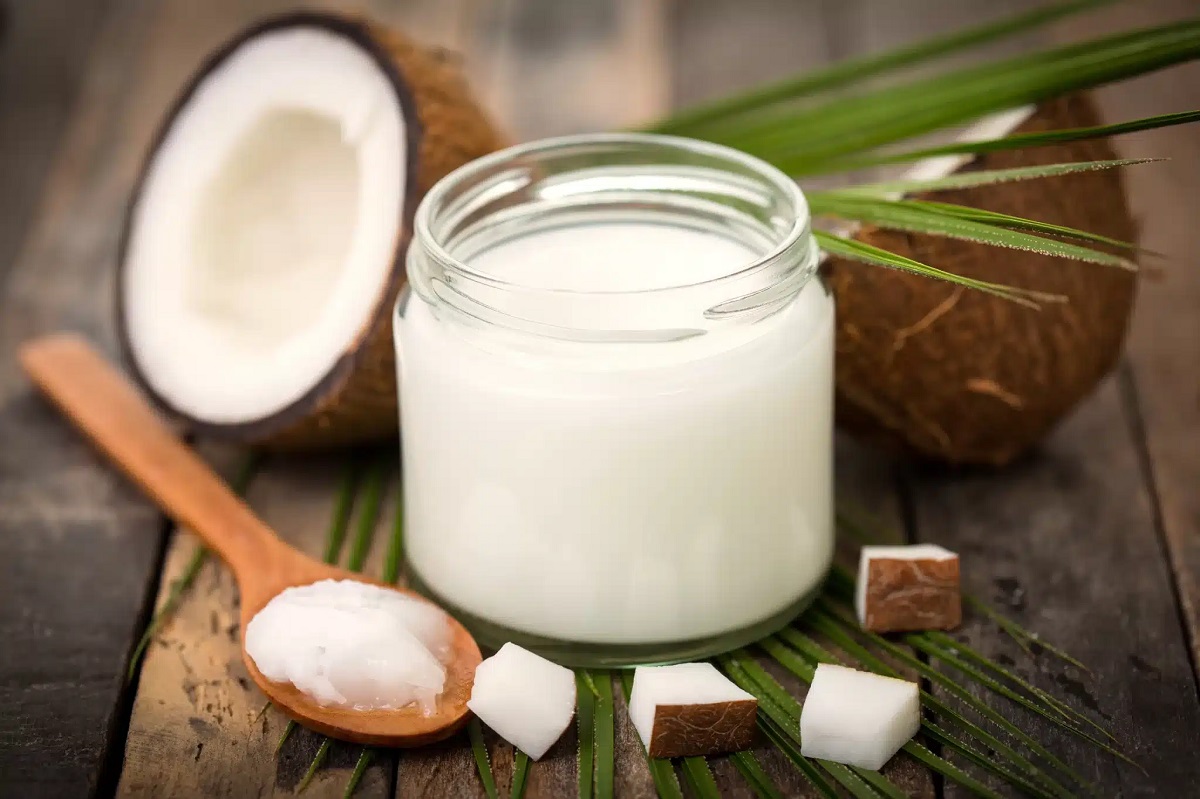
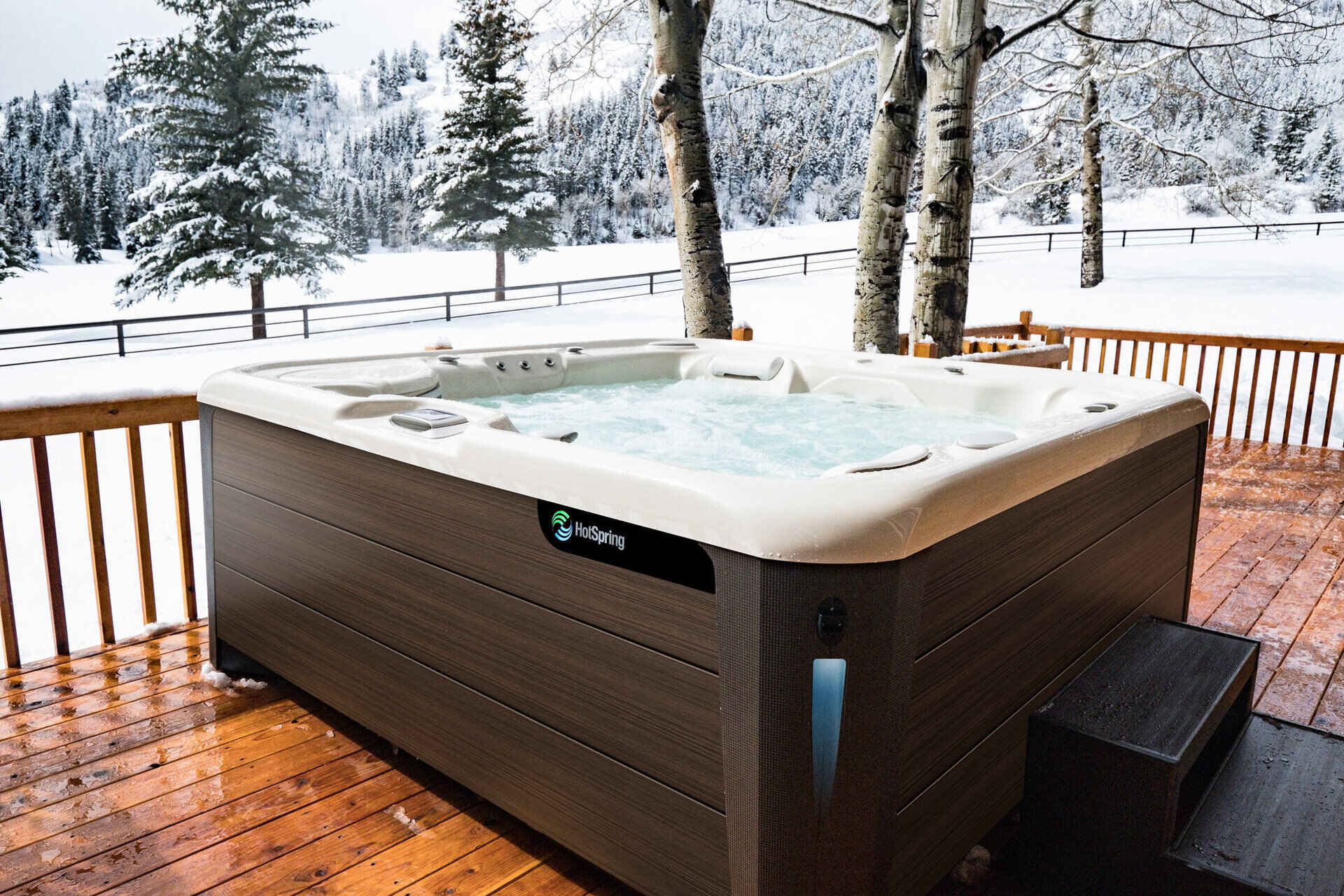
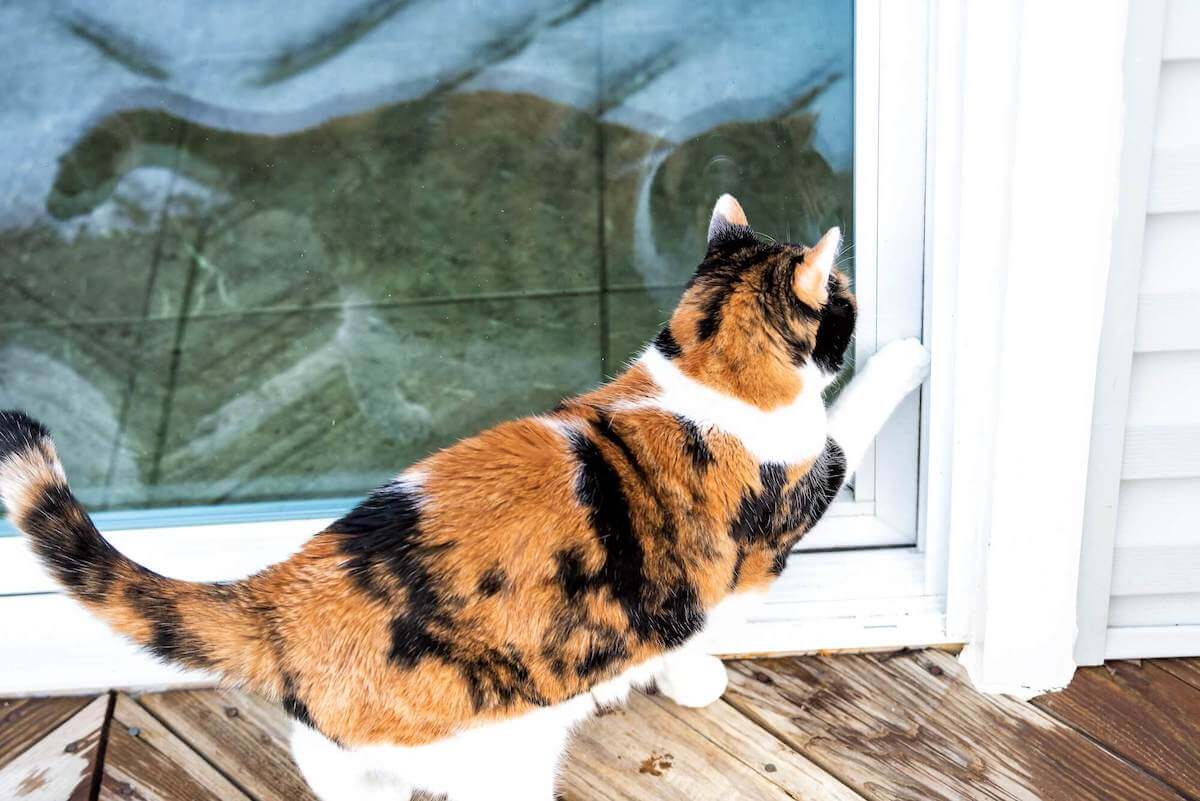
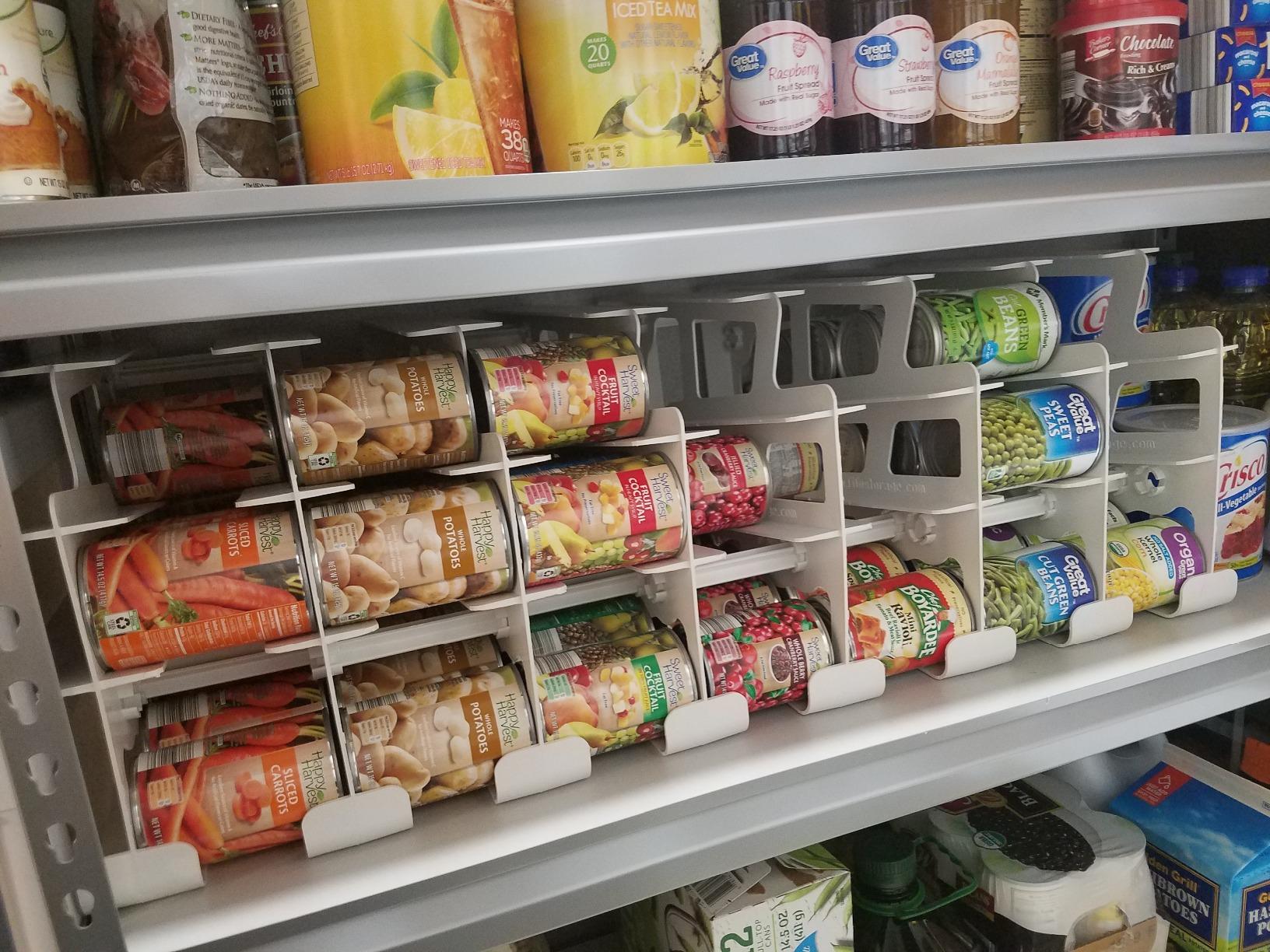
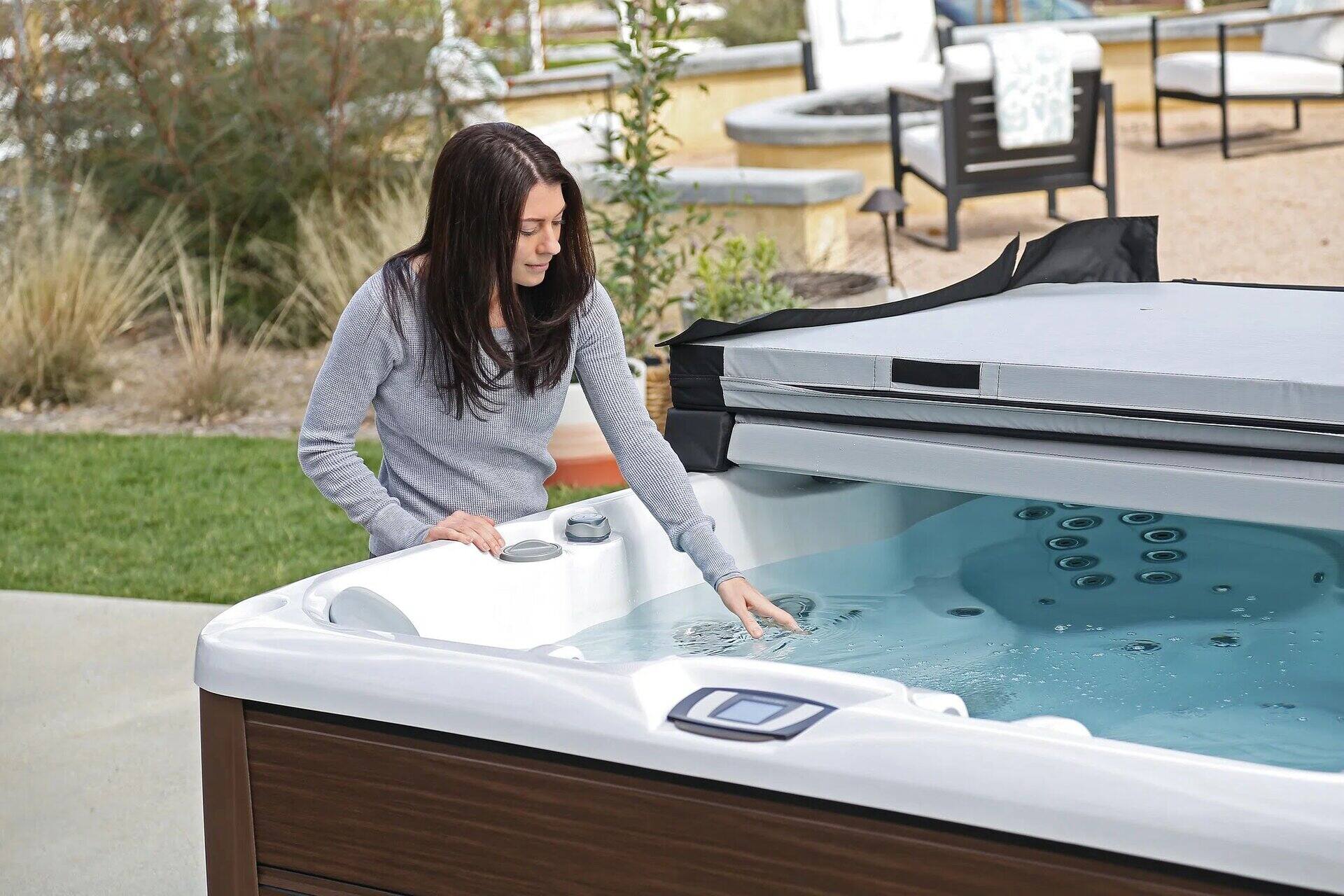
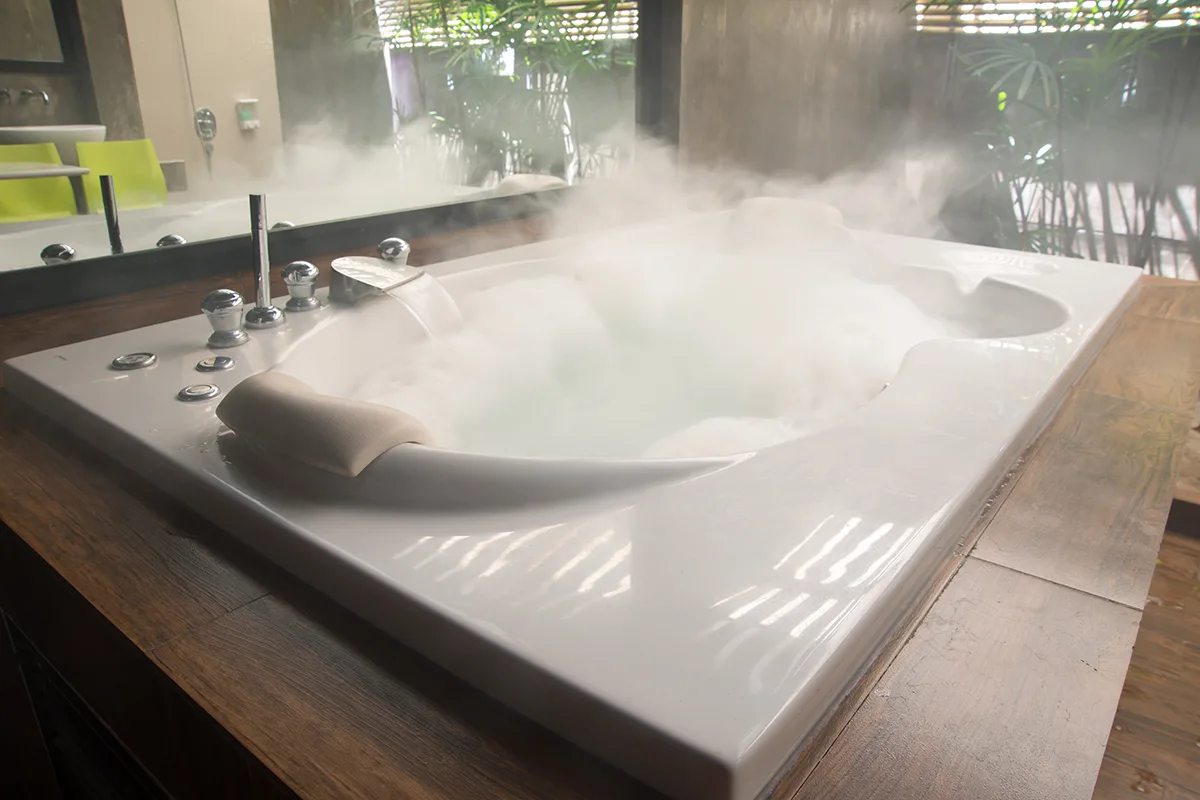
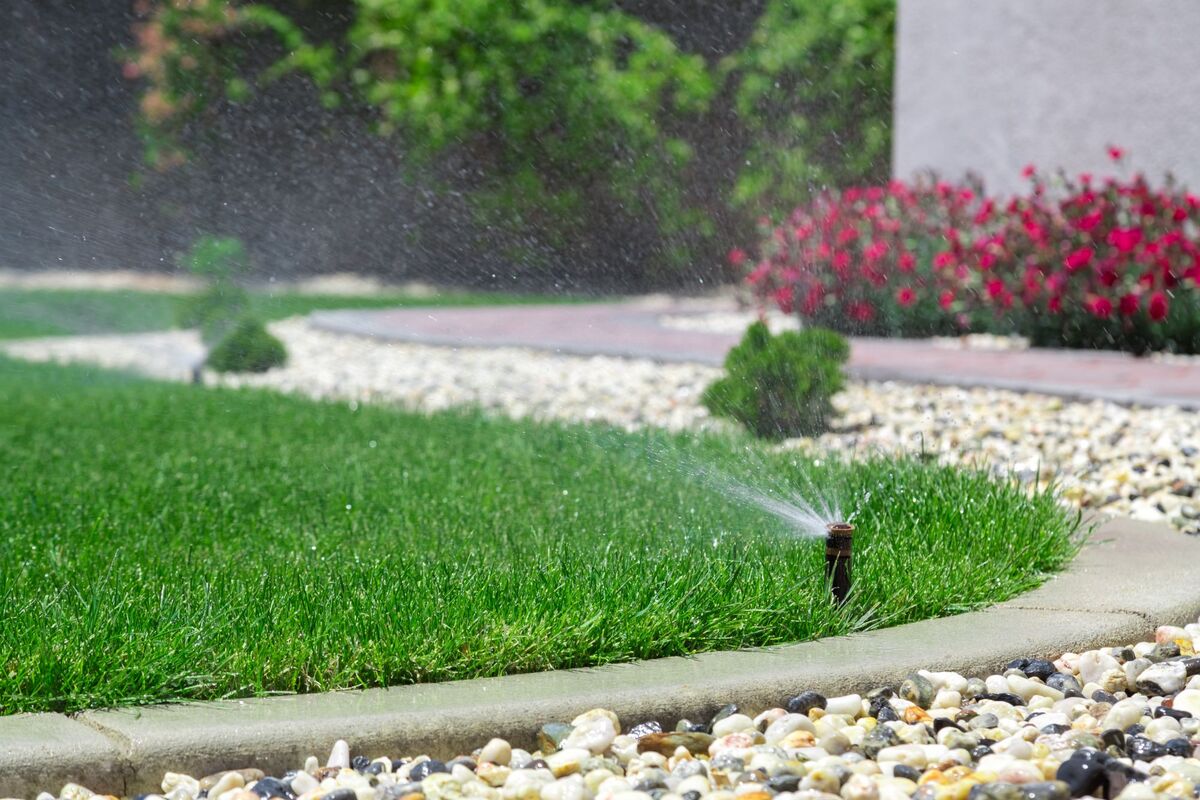
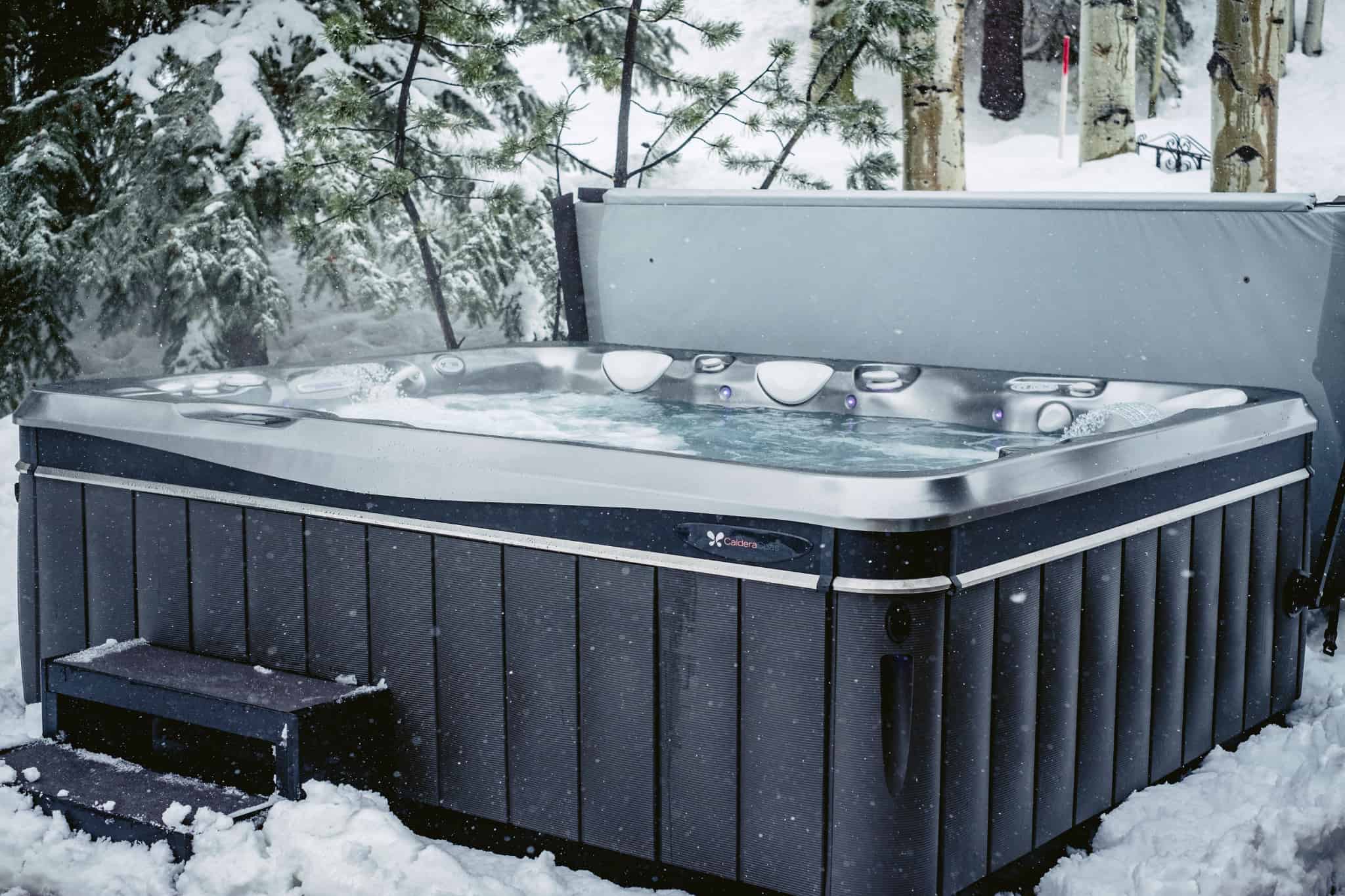
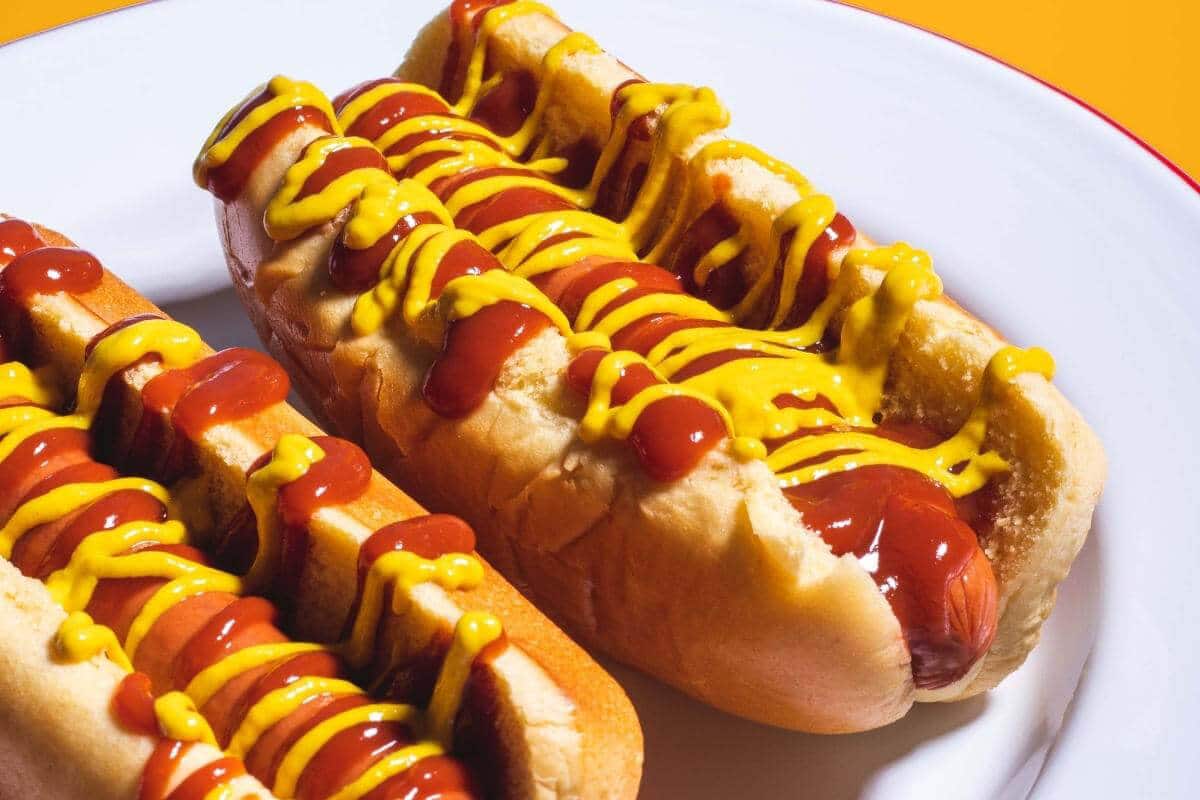
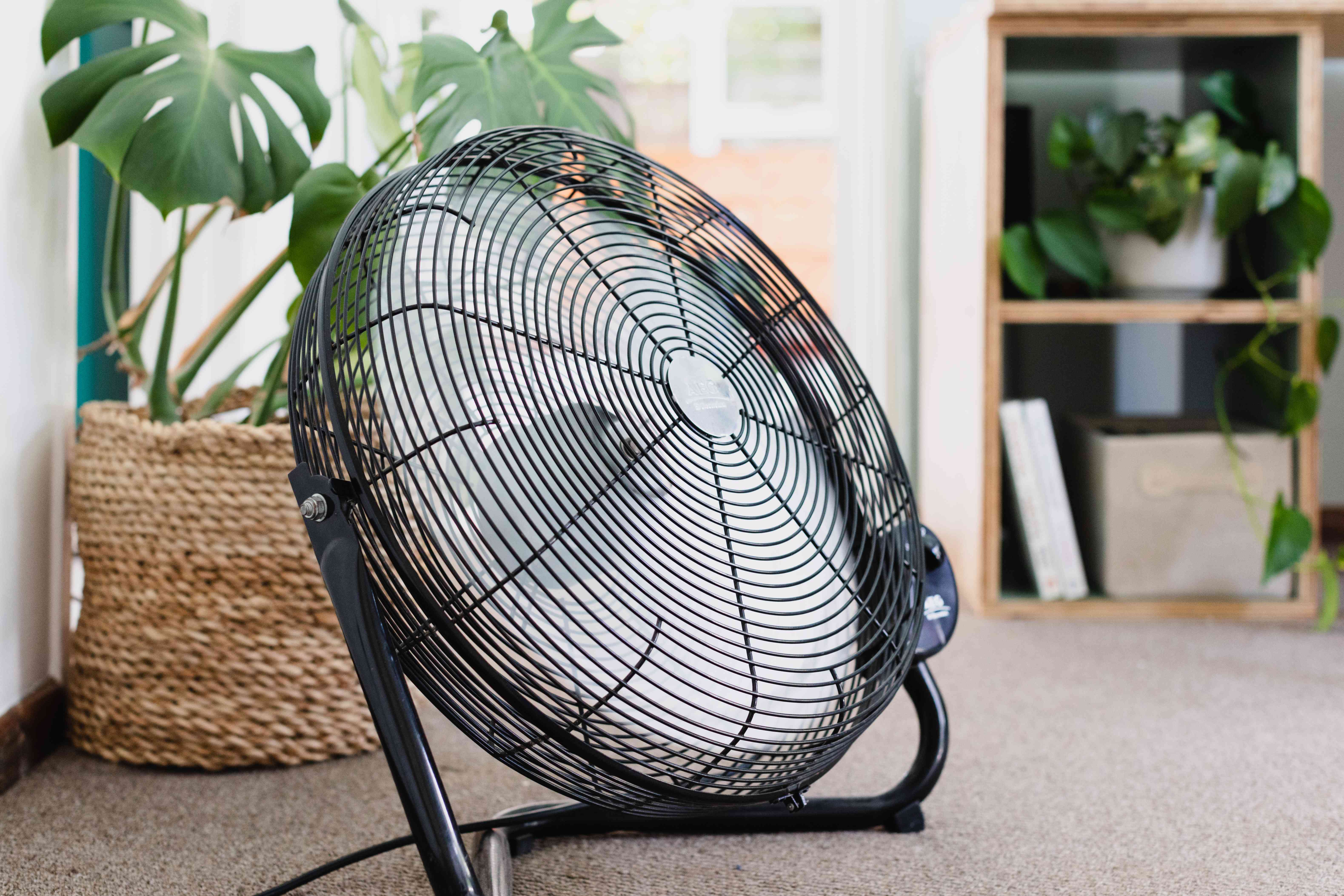


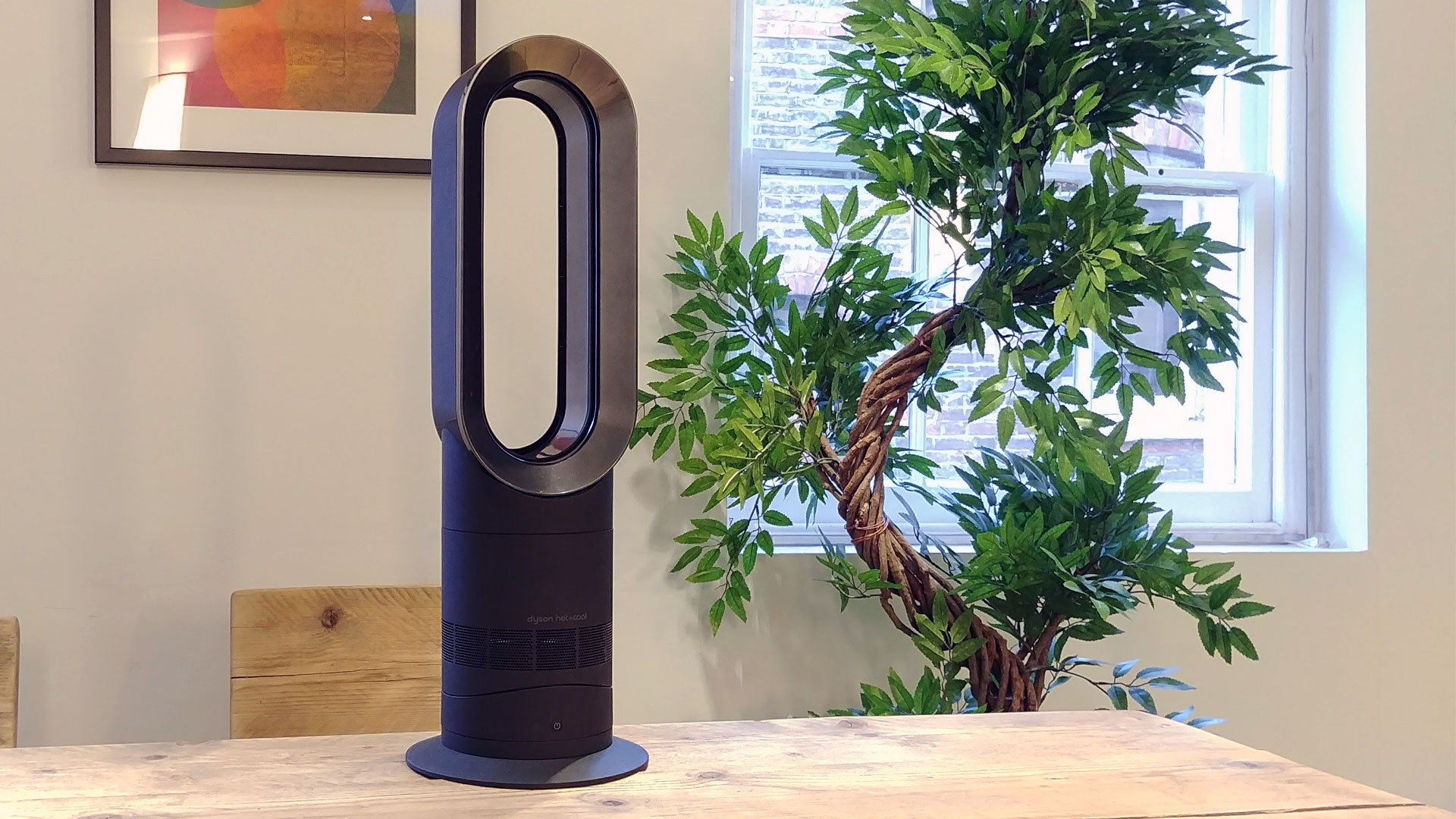

0 thoughts on “How To Keep A Pantry Cool In Hot Weather”